Today we’ll be talking about a game that most Fire Emblem fans probably haven’t played, and the last true “classic” Fire Emblem before Awakening changed it forever: a remake of Marth’s second adventure, titled New Mystery of the Emblem: Heroes of Light and Shadow.
Had this game been localized, it would have given us access to both of Marth’s adventures in the West, but sadly, it never officially left Japan. Even worse, this was not a straight remake like Shadow Dragon was. It introduced new characters, a small plotline involving Marth’s assassination, and, from what I’ve seen in reviews comparing it to the original, a few minor tweaks and balance changes.
So, can this remake, based on a 30-year-old-game, stand up to modern standards?
Of Heroes and Shadows
This game has a long prologue detailing the events of the Avatar unit (who I’m going to call Kris), about how she joins Altea’s ranks, becomes leader of her own platoon, and eventually Marth’s royal guard.
Afterwards, the peaceful ending of the first game is put on pause as Hardin gets corrupted by the Darksphere, and starts invading the rest of Archanea.
Like Path of Radiance, its main plot isn’t especially complex; it’s more about the specific setbacks that Marth has at every step of the way, and expanding the world of Archanea as we knew it in the first game.
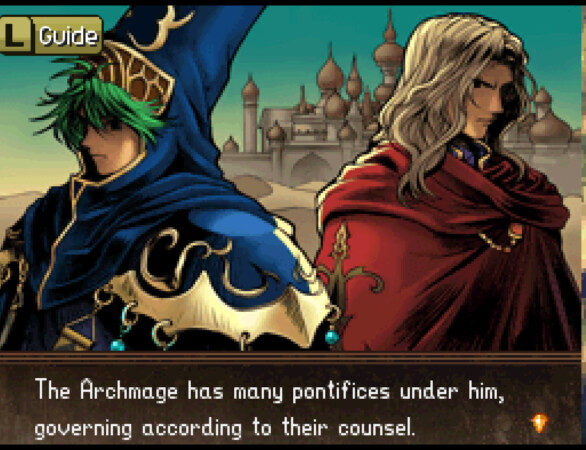
The remake adds a small subplot involving a new character, called Katarina, that is part of a cult trying to assassinate Marth.
I would say that the main draw of the story is seeing Marth’s character overcome every step of the way. If, for some reason, you don’t believe Marth’s character to be interesting, or the world of Archanea to be worth exploring, there’s not that much for you story-wise.
A Crown’s Worth
Following up on the same concern that I had in my original Fire Emblem post, I was worried that we were going to fight for the legitimacy of a crown by birthright’s sake, and honestly at this point I have to wonder why I was worried about this at all.
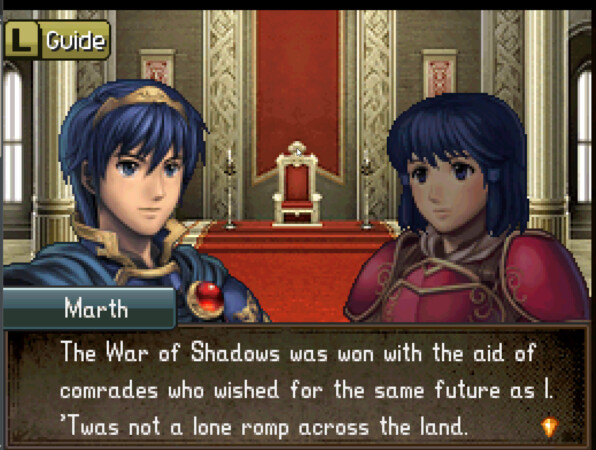
It seems clear that Marth is there not only as the heir of Altea, but as a ruler who constantly questions himself, feels the burden of war with his soldiers, and exposes himself to the same dangers.
It’s not a one-off reflection either. Marth will sometimes ponder on the lives lost for the war, is merciful towards his enemies, and accepts anyone who defects from the enemy army with open arms.
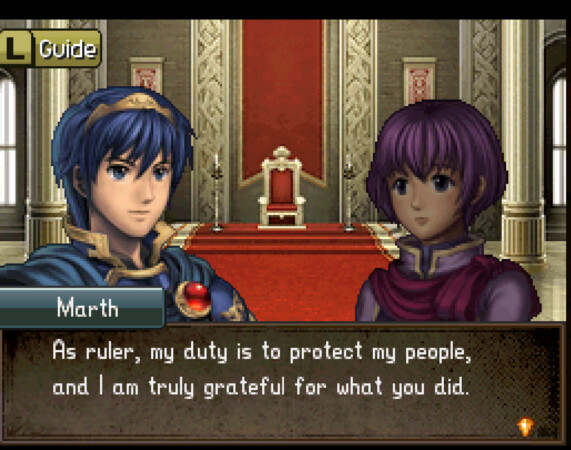
While I understand these all serve gameplay terms, it’s great that Fire Emblem seems to always integrate both gameplay and story; the gameplay portion of these games feels less like an abstraction and more like a theatre.
An Army of Friends and Strangers
Another big change from the original is the introduction of supports. Every character in the game can support Kris, and many can support between themselves. Still, it’s unlikely that you’ll see many supports from the other units, as they are all characters who already knew each other in the original game and unit quality between them is uneven.
For example, Ogma has supports with his three warriors from
Shadow Dragon. Minerva has supports with the three Whitewings, who also support each other. George supports Astram, and so on.
The support conversation quality between themselves also varies a lot. They can be slightly touching, be comedic relief, or sometimes genuinely explore the characters involved with them. As an example, Merric and Linde talk about magic and their relationship to it in their support conversations.
Given the extremely wild unit quality, though (more on that later), it’s more than likely that you will see Kris have conversations with your entire army much more than what you’ll see the rest of the army interact between themselves. Thankfully, unlike in previous titles, there are no limits to the amount of conversations that you can have, and thus if you plan something like a “Whitewing” you can group people from the same army and they will all talk to each other while you’re progressing.
Several feel like filler for sure, and more than a few are indulgent—but Kris never gets the outright worship that Corrin gets in Fates; she’s simply a respected, high-ranking member of the army.
Which leads me to…
Kris: Ally, Not Usurper
A very controversial aspect of this game is the Avatar unit, but after this playthrough, I’m not convinced that she presents any problem at all. I have never played the original Mystery of the Emblem, but Kris does not feel like she takes any screentime from Marth, or otherwise eclipse the rest of the cast.
She does get her own moments, of course, but it’s generally in the subplot that was written to star her. For the most part, she is there to provide support to Marth and act as his bodyguard. Indeed, while they have a few close moments, I never really felt like Kris was taking anything away from Marth.
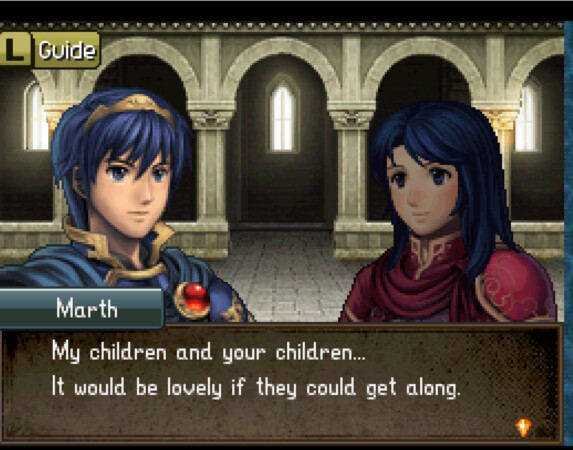
And well, she is also by far the best unit in the game.

She starts out on par with the rest of your units and grows to be significantly stronger than everyone else, on top of having literally perfect availability, it’s clear she’s getting pushed to where she is at; it’s not a coincidence nor an oversight how busted she is, and given that she can support everyone in the game, it is a bit indulging in the player’s fantasy of being part of Archanea.
Still, the main plot is seemingly intact, so Kris’s inclusion remains mostly relegated to being a cheerleader or a secondary character that makes no major decisions throughout the story.
That said, I am very glad that a unit as overpowered as this exists.
A Challenge Too Far
Since I am a very seasoned player, I decided to play this game on Lunatic difficulty.
This was not a good decision.
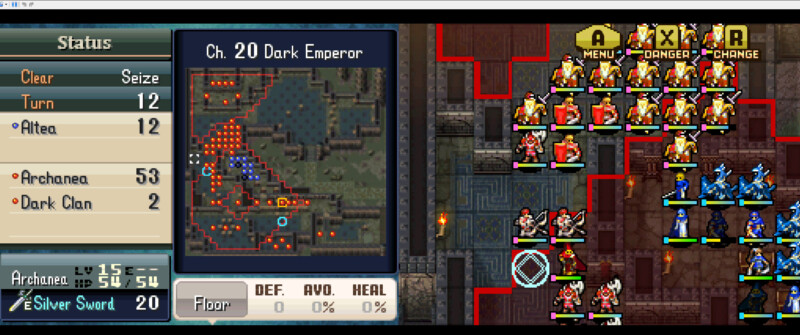
I learned all-too-late that I should be employing an “aggressive” playstyle, which I don’t think I ever did while playing the game the first time around.
It’s a bit weird, because I distinctly remember clearing Lunatic before, but in this run, it felt impossible. It was very clear I was not supposed to just choose this and do a blind run, which is exactly what I did.
Something that makes Fire Emblem stand out for me among tactics games is that clearing a map is not only about defeating the enemies in front of you, but also how to employ long-term resources into clearing it: things like who gets EXP, what weapons you use and how you spend your gold.
In this regard, New Mystery of the Emblem is an absolute success, and it makes the Tellius games look boring in comparison: you don’t have a shop where you can buy good weapons anytime you want, gold is severely limited, and you will need every unit that you can contribute something to make it count.
This is why I can’t really feel too bad after softlocking myself in Chapter 22.
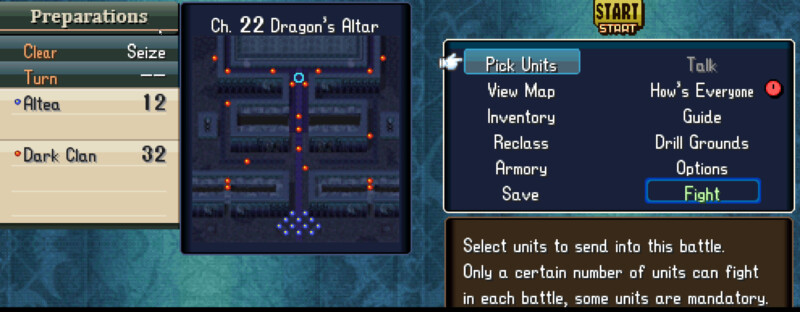
I had my Whitewings spend too much time as Dracoknights, so they don’t have very good SPD. I definitely don’t have enough anti-dragon weapons, I spent too much time at the Drill Grounds instead of making Forges, and I got too used to turtling when this difficulty clearly wants to have you play aggressively.
Yes, you read that right: I “lost” New Mystery of the Emblem, which did make me think as to how it would look from Marth’s side if they suddenly all got slaughtered at the Altar shortly after killing Hardin. But I can only blame my own lack of preparations. This is in the last three chapters, so I’d need to redo the whole game as I kept using my other save files for other useless “commits” I did at trying to solve this chapter.
I dunno, maybe there’s a way to actually get through it, but as far as I can tell, this is a bona fide softlock.
Lunacy Turns Into Cruelty
That said, it’s not all good on the gameplay side. Unfortunately, this game features ambush spawns, which means that enemies will spawn and attack you in the same turn they appear.
You will sometimes have some sort of vague lore explanation about why that happens (with no specific timeframe, of course), but in Lunatic difficulty the enemies are so strong that it’s simply stupid that enemies can appear out of nowhere and kill half of your army with no sort of foreshadowing as to where they can come from.
This made me start abusing state saves in the emulator because this got so frustrating. You could do a perfect map and get ambushed by some overtly strong 12 move flying enemy at the end of the map and lose one of your mages, which is an astoundingly hard blow since your army will probably not recover from given how bad a lot of the recruitable units are after a certain point in the game.
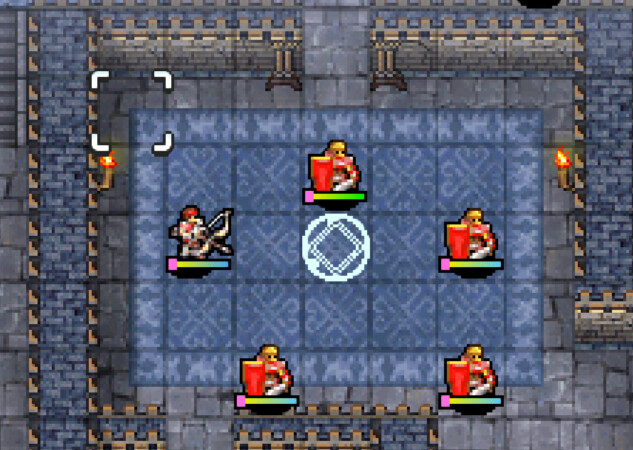
For whatever reason, every unit after certain point in the game is completely unusable in Lunatic, they’re only good for their Silver weapons (which I had already invested on, having no idea I was about to get so many from late-game recruits). In the above picture, the recruitable unit, Astram—who you can identify by the color of the health bars alone—stands out as the weakest of all of these units.
At some point I just started taking these units’ Silver weapons and sacrificing them to aggro the enemies into a better position where I could take them on, and eventually I even stopped recruiting them: in this playthrough, I decided not to field George for this map, who should recruit Astram and I wouldn’t get anything cool from recruiting him as he has horrible bases for this part of the game.
There’s also the fact that the RNG seems a lot less random in the DS games. I’m aware that it is based in some form on the DS’s clock, although I don’t know its exact mechanism. Still, it feels like it will roll several high or low numbers in a row, relatively often, which leads to weird scenarios where you dodge multiple enemy attacks or do several critical hits in a row.. This could completely be a personal bias, but I felt like it was happening all the time and I never got this impression from the Tellius games.
And unlike in other games, scoring critical hits can actually kill you.
Even your best units will struggle to survive more than 3 hits from any given enemy, and most will get killed in 2 hits by the abundant late-game dragon units, meaning that a crit might make your unit more vulnerable to another attack.
All in all, while Lunatic offers some very fresh and interesting challenges, I might not try it again next time. It’s clear that it was intended to be for players already very familiar with the game, and I hadn’t played it for years, so I shouldn’t have picked it.
Final Verdict
New Mystery of the Emblem does an excellent job at modernizing a Super Famicom game. Surprisingly, most of the maps from the original game hold up exceptionally well, and they remain largely intact here. The game adds supports to characters who were canonically part of the same platoon but never interacted in Shadow Dragon, and it also includes an interesting original subplot that is both non-intrusive and gives a few characters their time to shine. The modern quality-of-life updates—such as being able to tap on enemies to attack rather than navigating menus—are the cherry on top.
The main plot remains engaging, with Marth continuing to be a great protagonist to follow through his journey. While I wouldn’t pick Lunatic difficulty again, I’m glad I challenged myself with it—if only to appreciate just how well this game balances nostalgia and modern design. For fans of classic Fire Emblem, New Mystery of the Emblem offers a worthy journey back to Archanea—one that rewards strategy, patience, and a genuine appreciation for the series’ roots.

